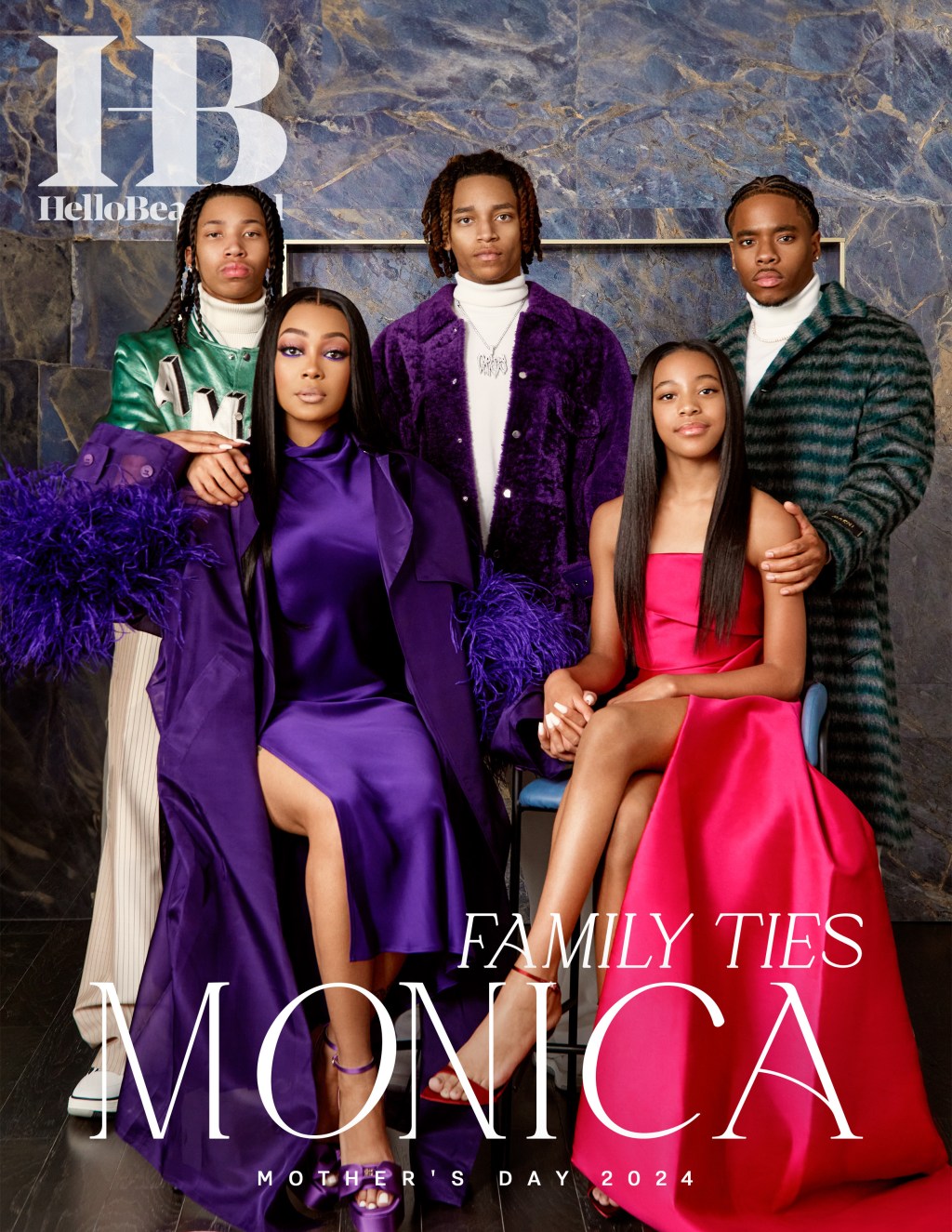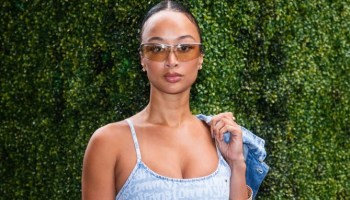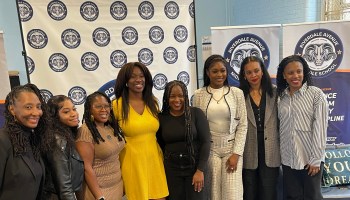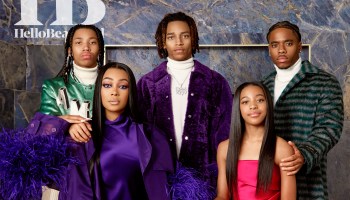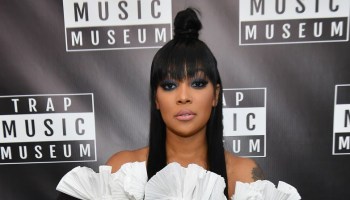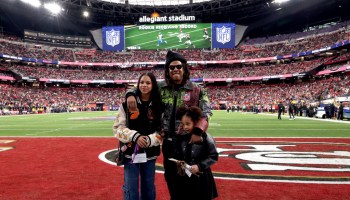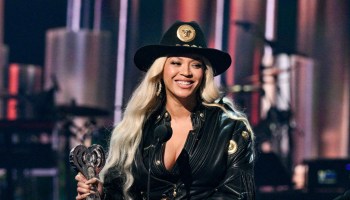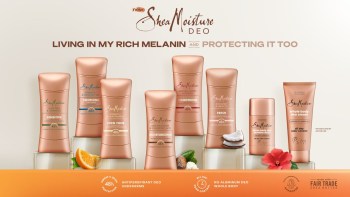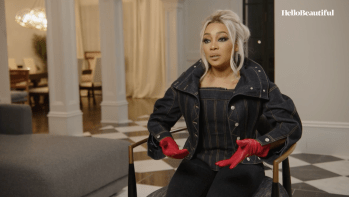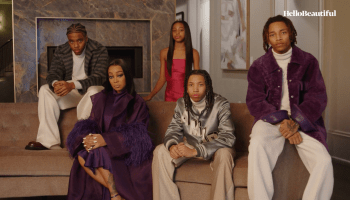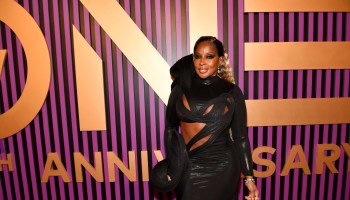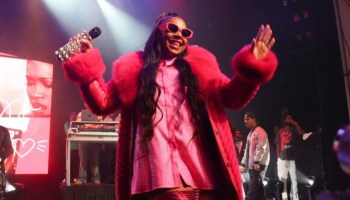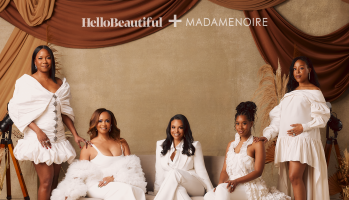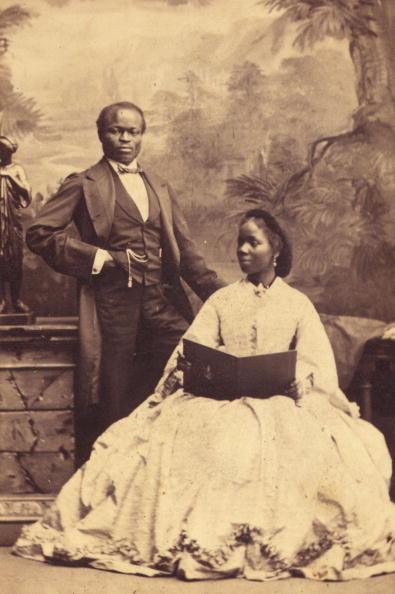
Source: Camille Silvy / Getty
The Black Victorians. Who were they? And why haven’t we heard more about them? Similar to the legend that was Dido Elizabeth Belle, a biracial aristocrat (unearthed by filmmaker Amma Asante, who immortalized her in Belle), the Black Victorians are a virtually forgotten people.
Mainstream history and entertainment inundates us with the common knowledge that Black and brown people were enslaved in America–and even in England–but how beautiful it is that we get to view images and hear stories of noble Black women and men? The closest we’ve seen to a movement like that was through the influential Harlem Renaissance. And yet last September at London’s Autograph ABP, an exhibit titled the Black Chronicles II, we got to see more photos and information appear about this little-known and intriguing era of global Black history.
MUST READ: ‘Girlhood’ Is The One French Film Every Black Girl Needs To See
The photos that will you see online are centuries-old and show Black Victorian women in voluminous gowns, peplum blazers, Kentucky Derby hats and their hair in ringlets or Afro-puff chignons. Through 2015 eyes, the photographs transfer like a time warp of Black women versions of Little Women and Anne of Avonlea. The only unfortunate factor is that a majority of the images found are without the photographer’s name or the name of the woman featured. They’ll be forever unknown. Yet, in viewing, the photos (described as “striking” by CNN) feel very natural to see–like you’ve known all along that somewhere, in some time, Black people walked the old brick roads of England or America as high society. So what was life like as a Black Victorian?
The Victorian era in general was led during Queen Victoria‘s reign (she died in 1901) and defined by English pride and gentile behavior and fashion. They were some dark attributes to the era such as child labor, poverty and prostitution, but most tried to adhere to a kind of “cheese and crackers” lifestyle.
For the Black Victorians, they were first seen in New Britain as early as 1839, long before the much-credited wave of 1948, the “Empire Windrush,” when many of Jamaican descent entered the U.K.
Many Black Victorians, if not born in England, came over with White settlers. Some were brought over as slaves, sold in Liverpool or Bristol and the rest were already free or domestic servants. As slavery became less frequent, Black people maintained aristocratic appearances, based on their White employers or local culture, but more than half lived in near destitution.
On the brighter side, many regularly participated in the arts, such as the group the Fisk Jubilee Singers and The African Choir and were scholars and entrepreneurs, like Mary Jane Seacole. She was a skilled and educated nurse who built hotel spaces during the Crimea War for injured soldiers.

Source: Print Collector / Getty
Other Black Victorians obtained celebrity status, like Sara Forbes Bonetta. She had arrived as a child slave and was adopted by Captain Frederick E. Forbes. In eradicating her African name and identity, she went on to live comfortably with Forbes’ family, even becoming the Goddaughter of Queen Victoria. (She was originally presented to her as a “gift.”) Forbes Bonetta (later married as Davies) is viewed as the ultimate Black Victorian socialite of her day.
Other Black Victorians to make note of are Ira Aldridge, Samuel Coleridge-Taylor and in America, Frederick Douglass was considered a Victorian too. We could imagine that Solomon Northup, whose memoir 12 Years A Slave was based on, was given the same esteemed label. There too was Dejazmatch Alamayou Tewodros, an Ethiopian prince, whose father denied the British troops his services and after a stint as an orphan, later lived with Captain Tristram Speedy. And of course, Ndugu “Kalulu” M’Hali, an African-born Brit who was freed by explorer Sir Henry Morton Stanley. After becoming his adopted son, he assisted Stanley on many adventures. He sadly died, along with five others, at the age of 12 when he drowned in the Lualaba river in Congo during an expedition.
Black Victorians didn’t live too differently as the White Victorians did, though White people still ruled the royalty ranks. Sometimes being a Black Victorian simply referred to the Black British, or Britons, that lived in England at the time. There remains so much of this frame of Black history to learn about as information is available but simultaneously scarce.
All we really have are these beautiful photographs “high rank” looking Black women and men dressed no different than upper or even lower-class White Brits. As Amma Asante’s Belle showed, racism was not non-existent, but what is so eye-opening becoming more aware of the Victorians decades is that to see a Black woman dressed to the nines in the most grandiose outfit you can think of wasn’t looked down as “who does she think she is,” but as an expected display of self-respect and gratitude for the time period that England was in. Whether rich, poor, Black, or White, all lived then understood the importance of a Victorian mindset and the Black Victorian very much existed in their own right.
To view more photos, Dangerous Minds and Bust have posted a bevy of photos of Black Victorian women! How cool is this?!
RELATED STORIES:
Howard University Awesomely Adds More Black History Pages Into Wikipedia
Modern-Day Influencers Recreate Iconic Photos for #WeAreBlackHistory
KeKe Palmer Sheds Tears After Making History As First Black Cinderella On Broadway
